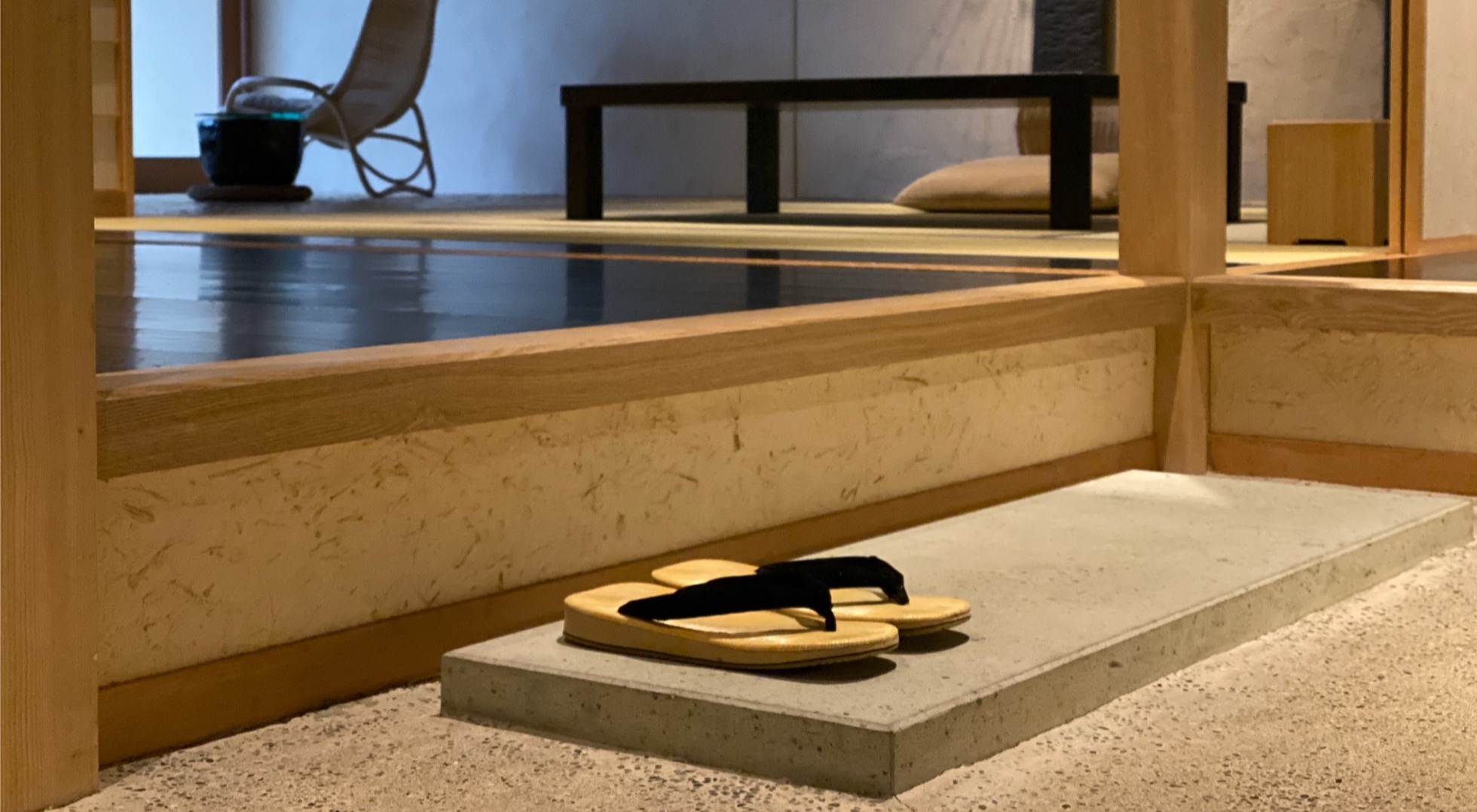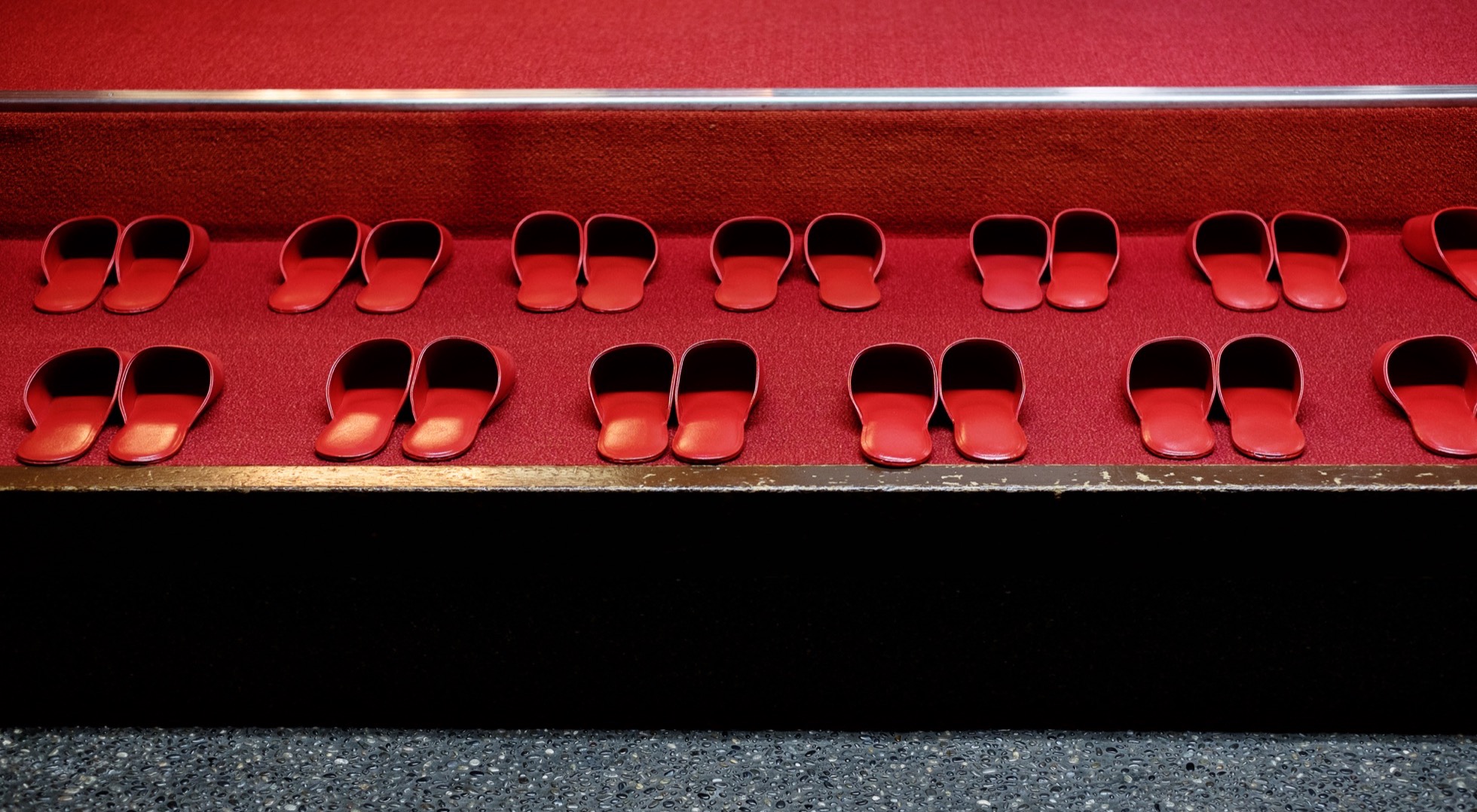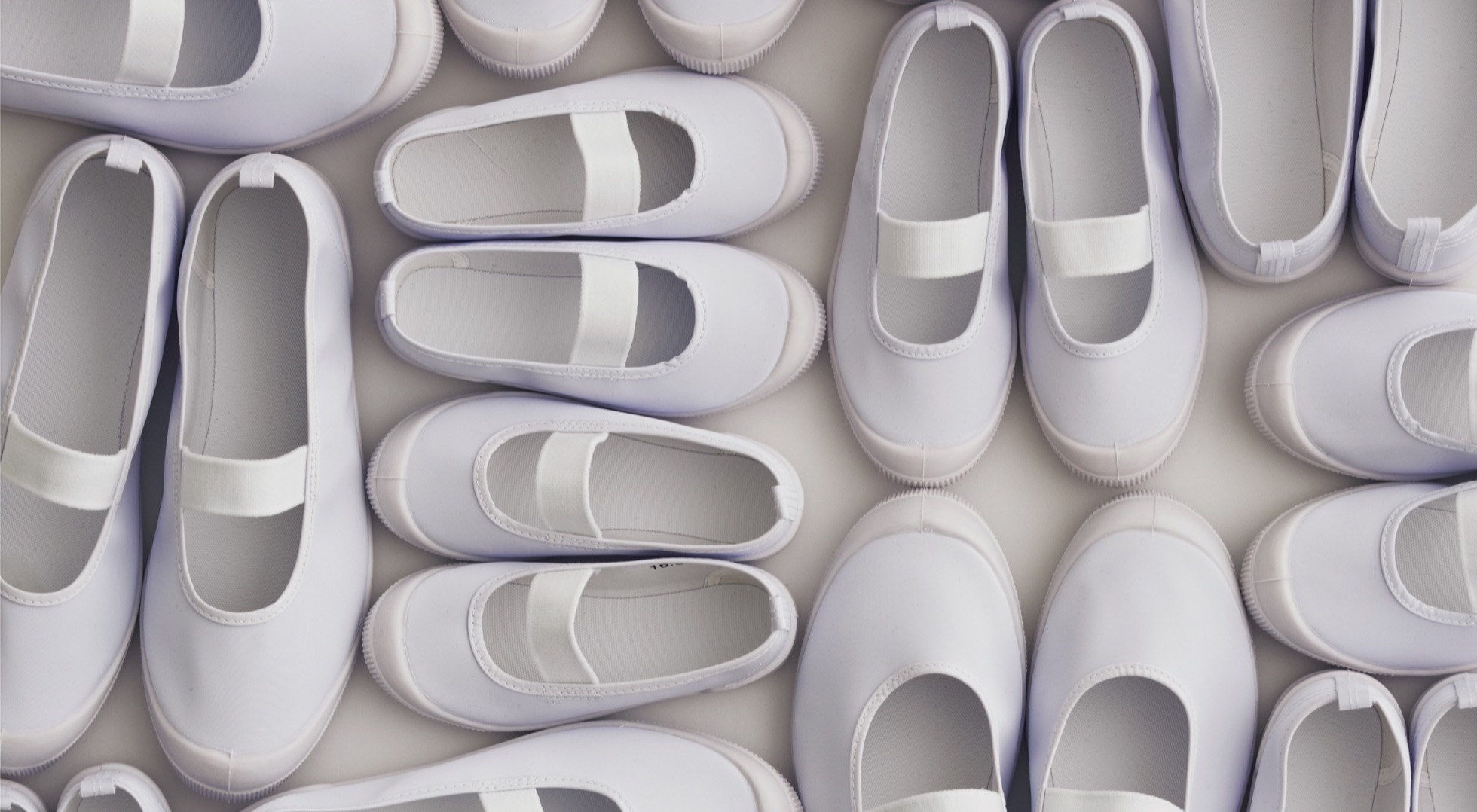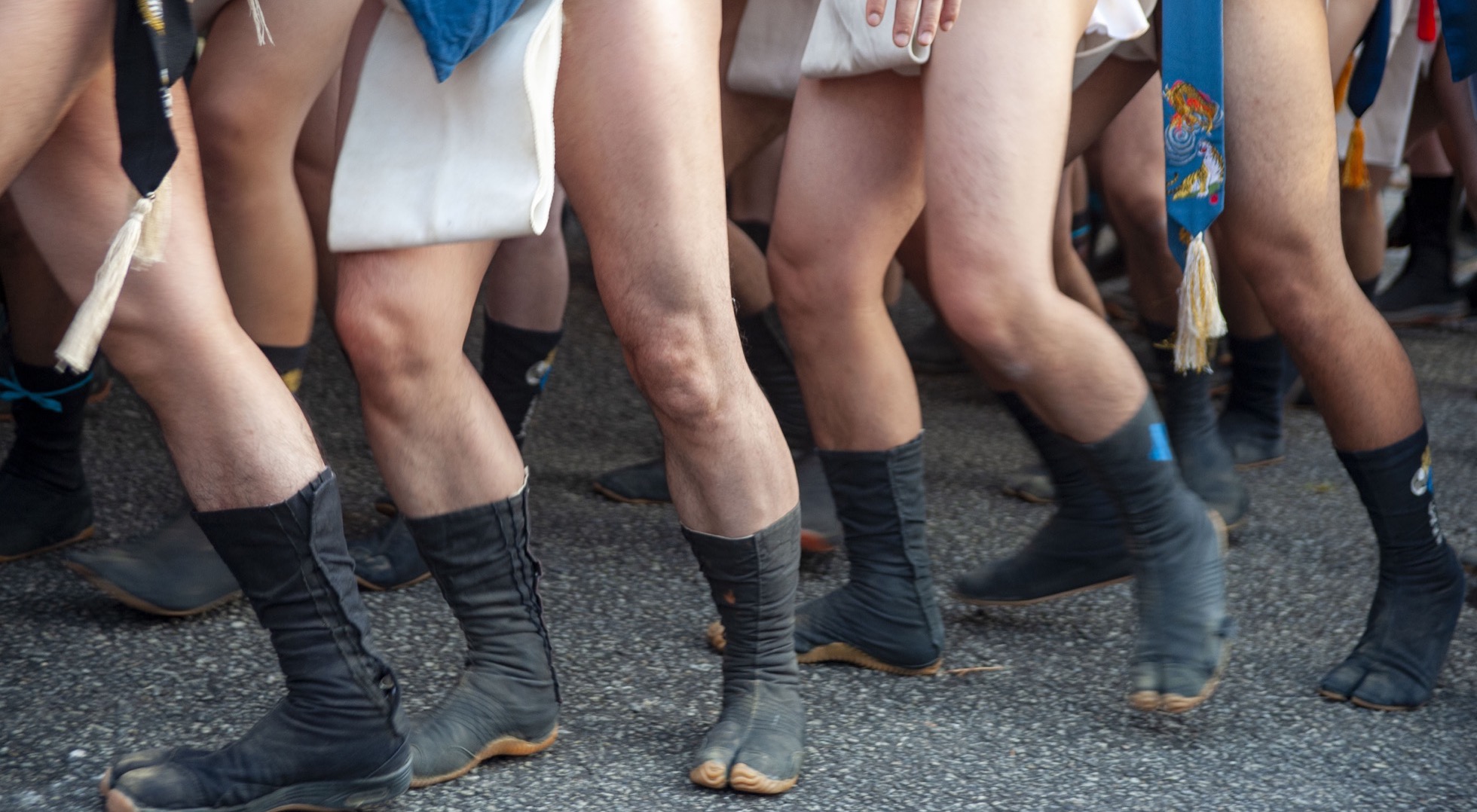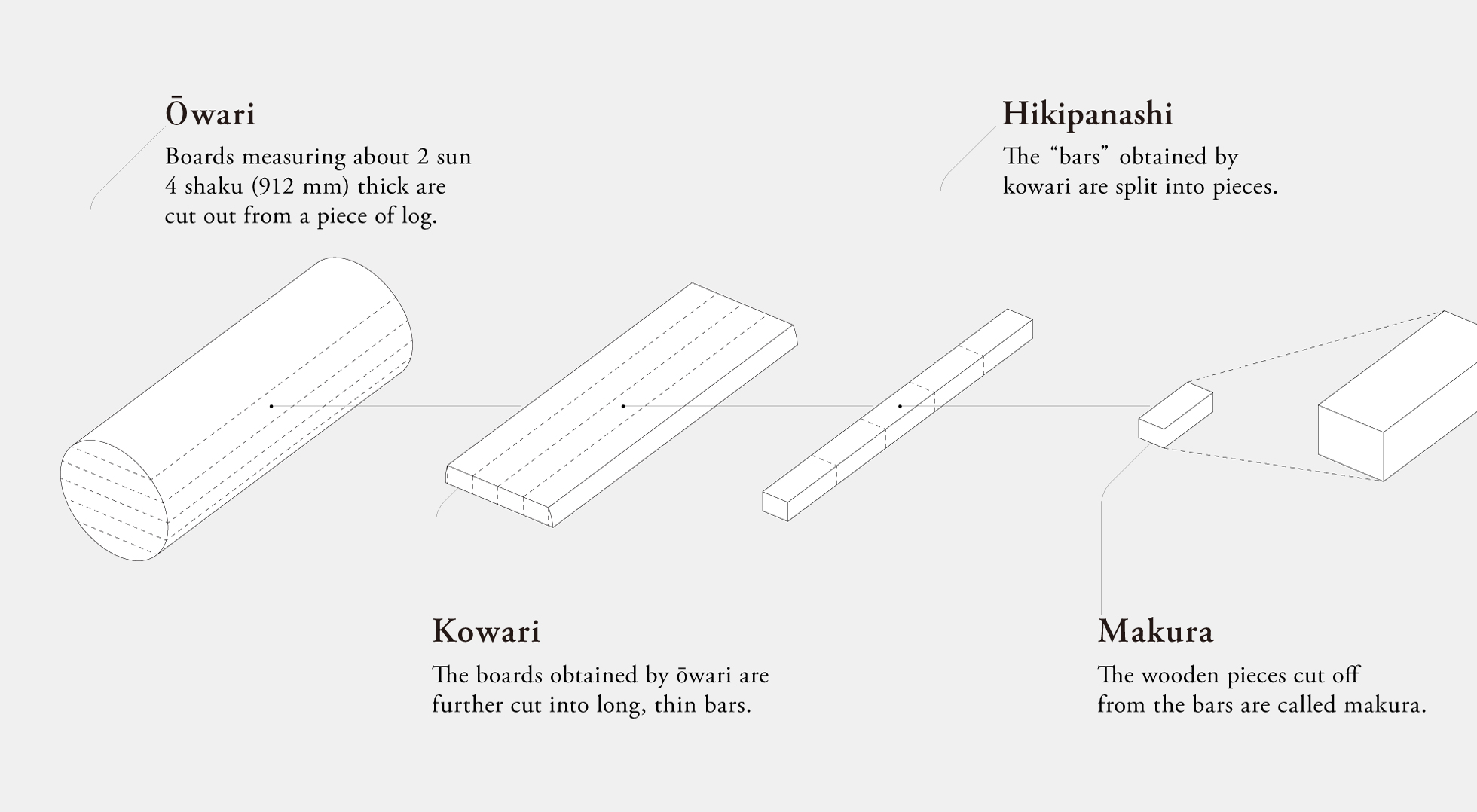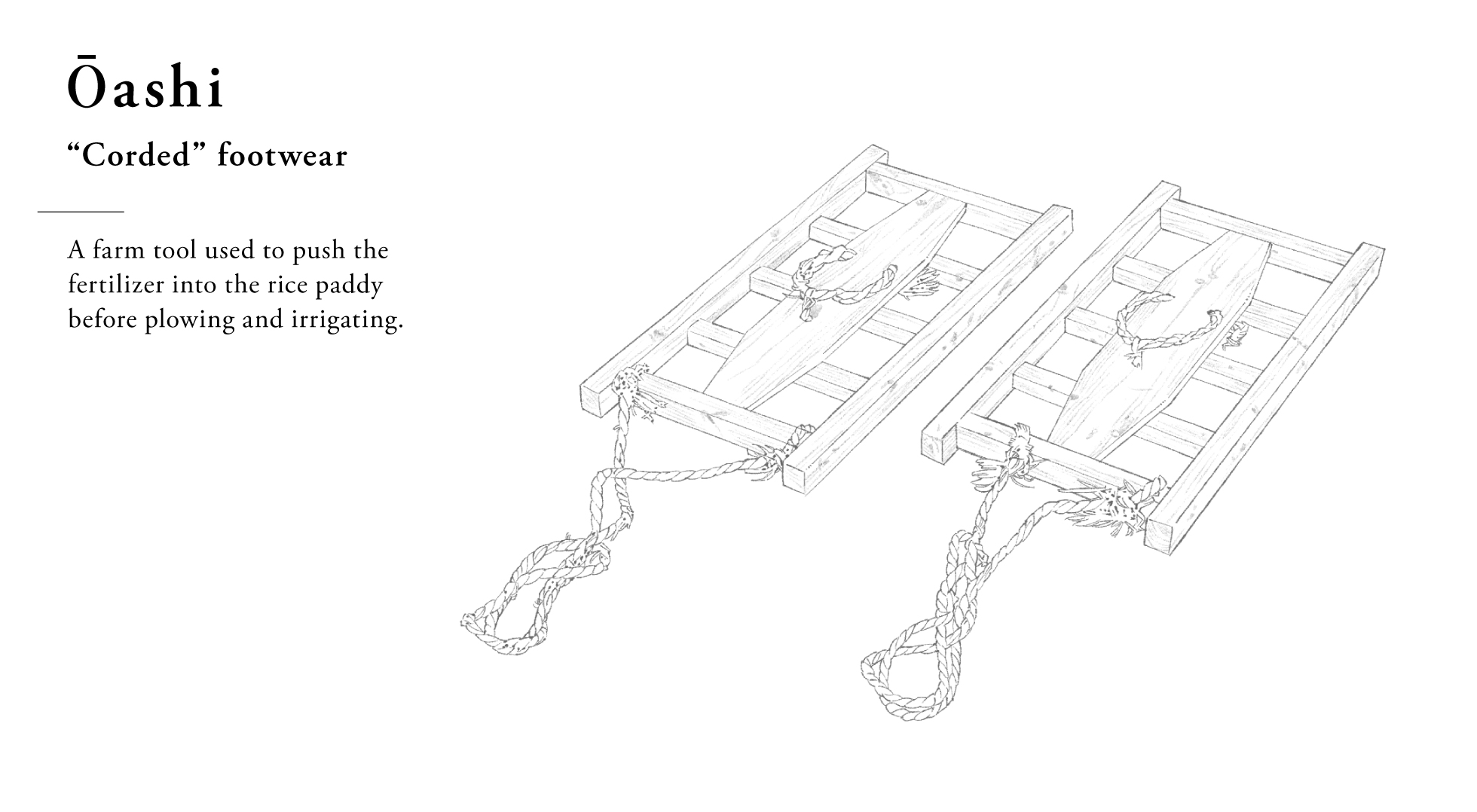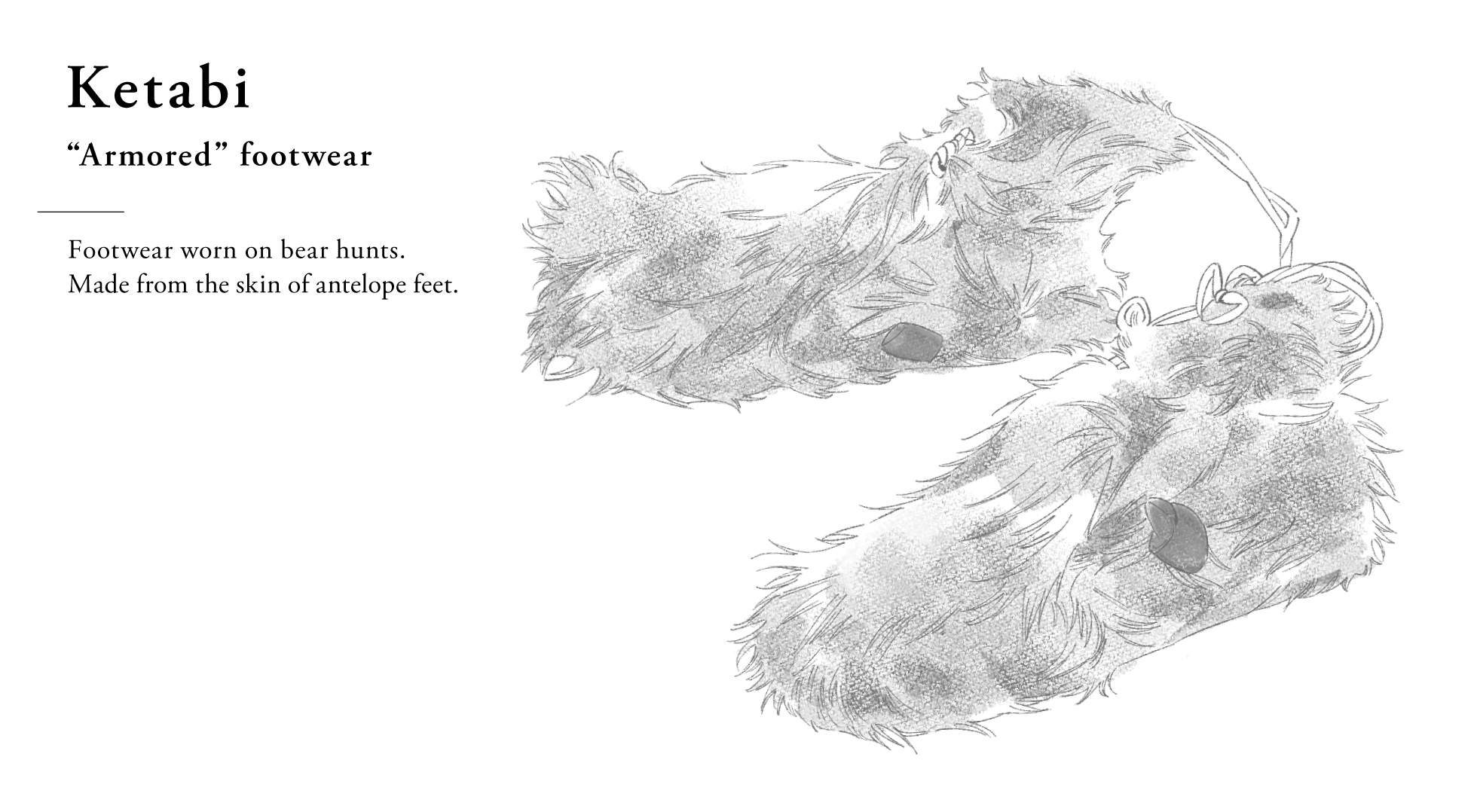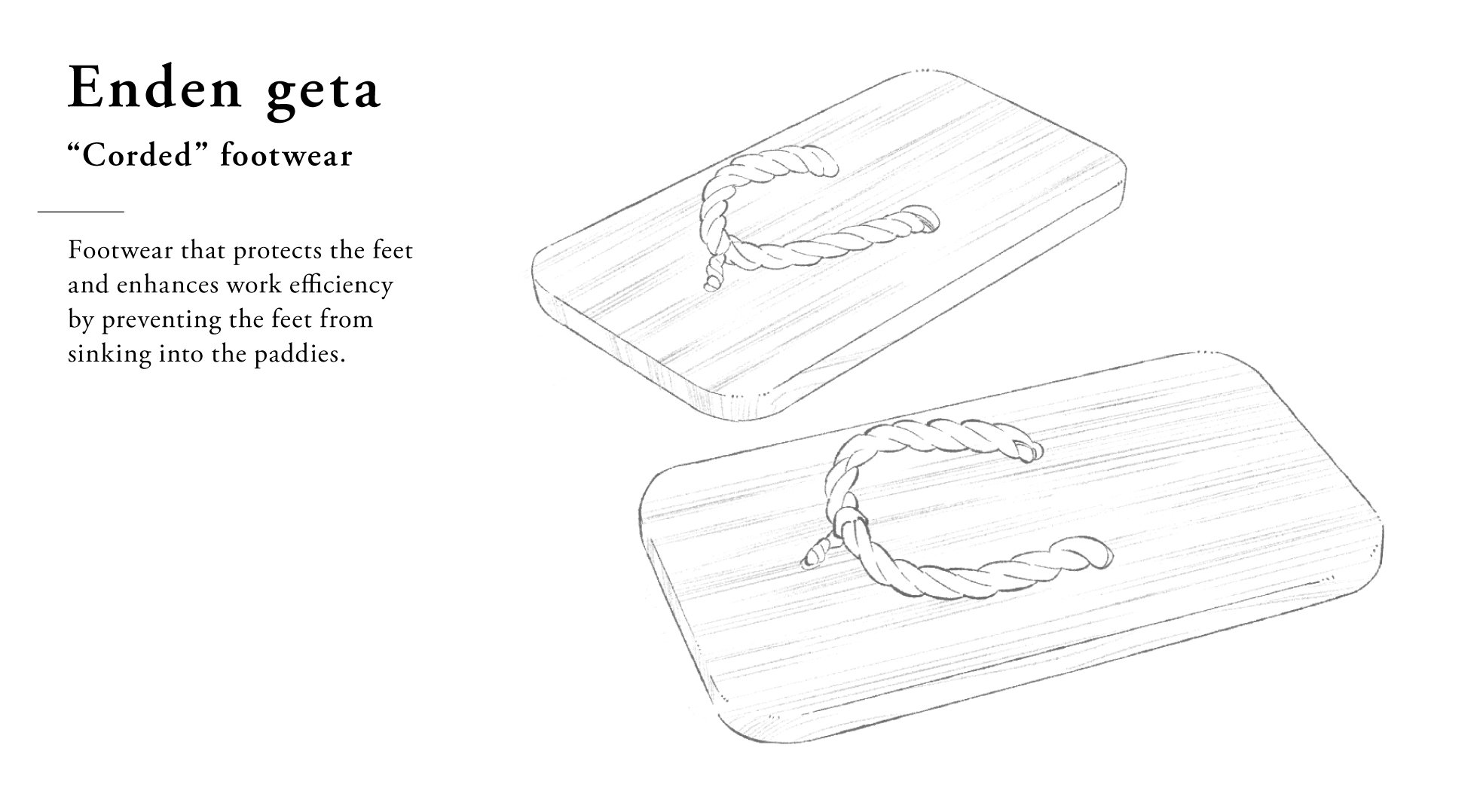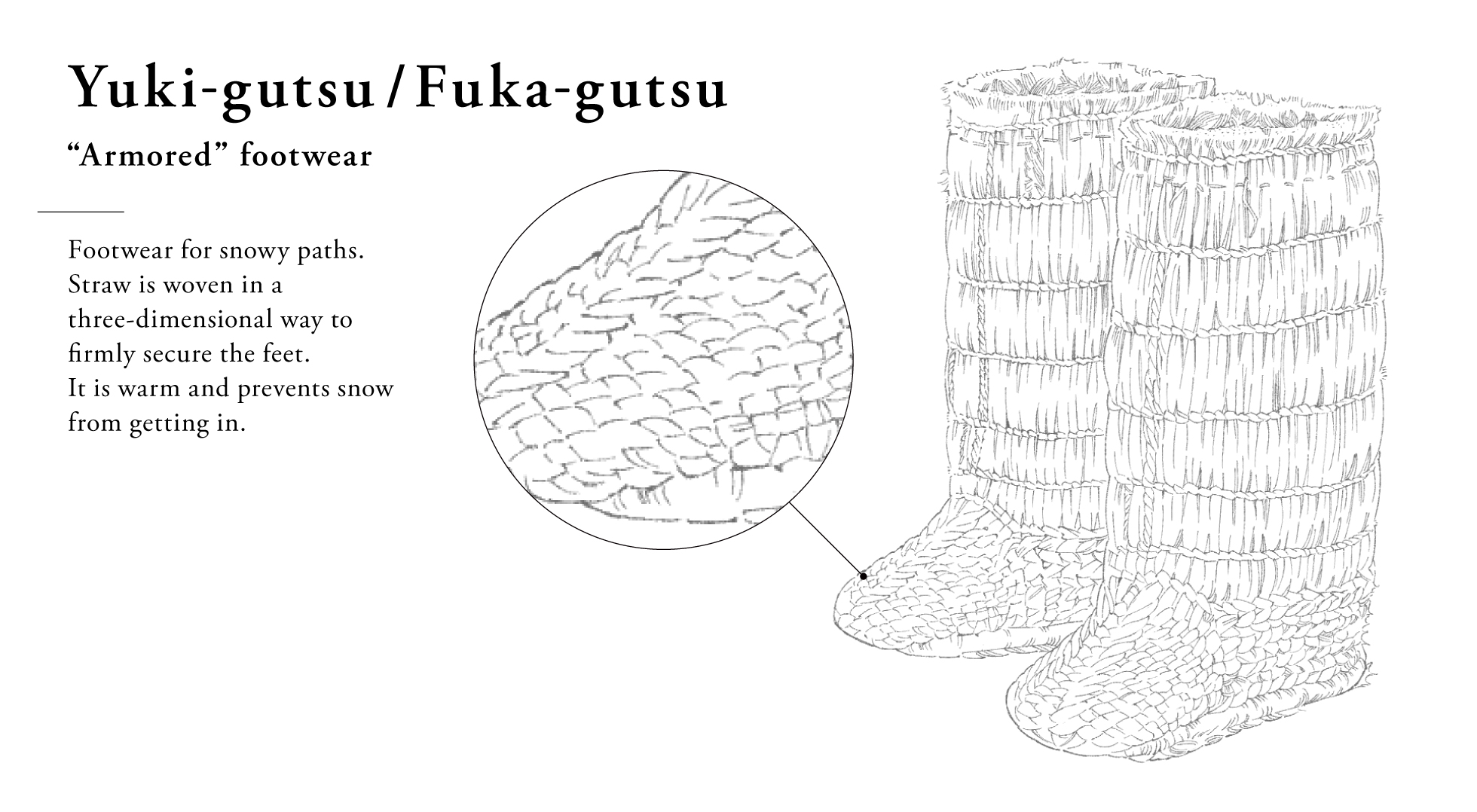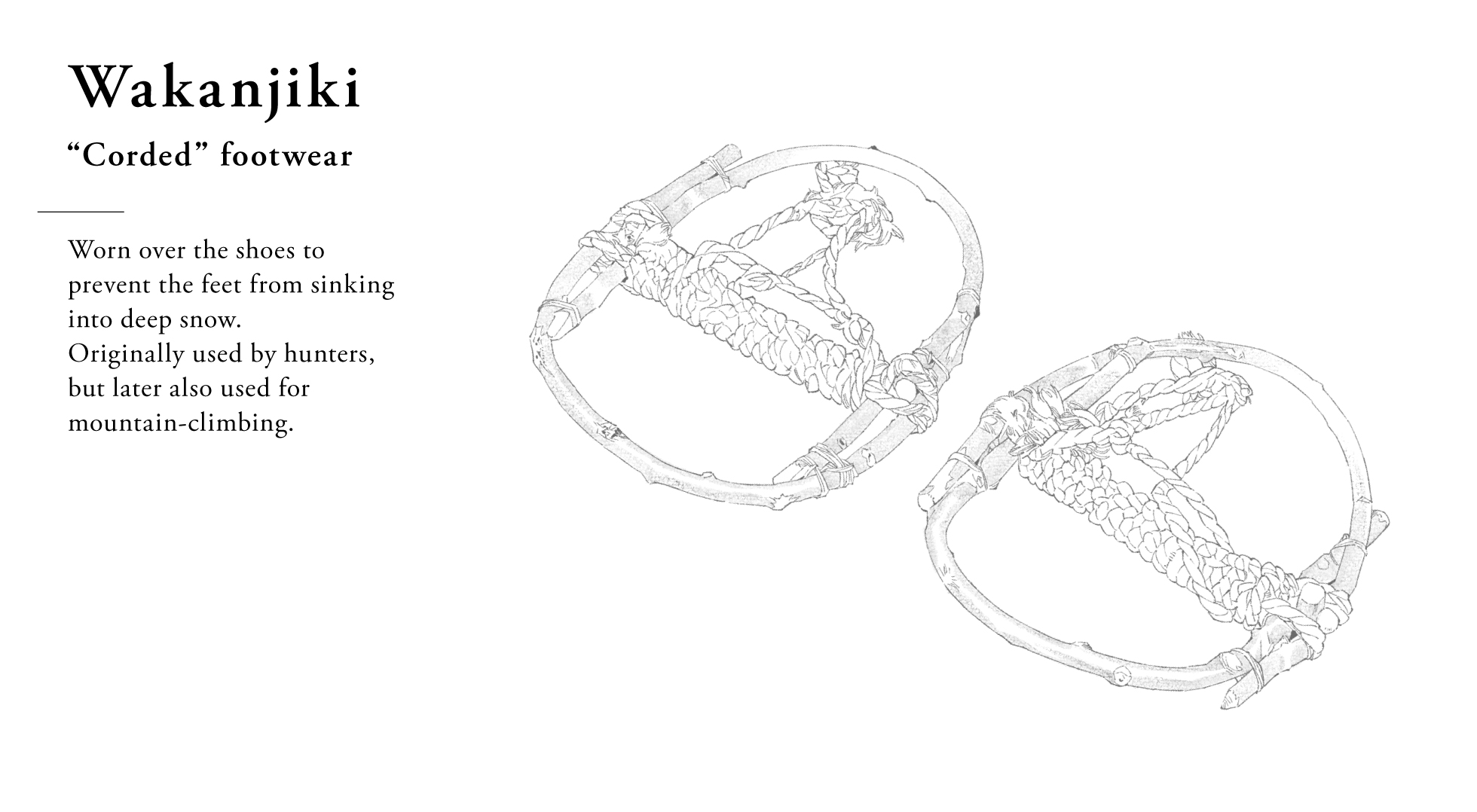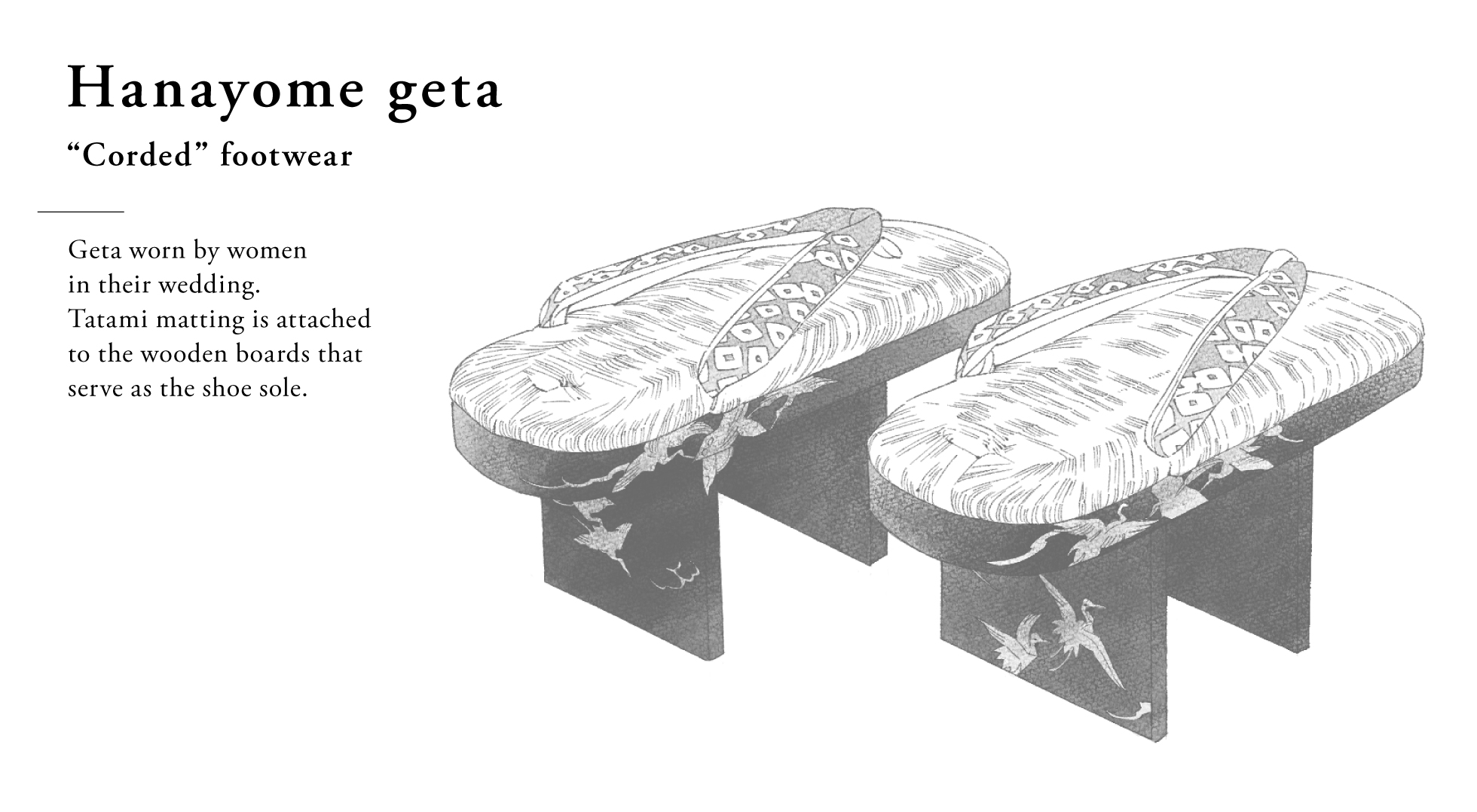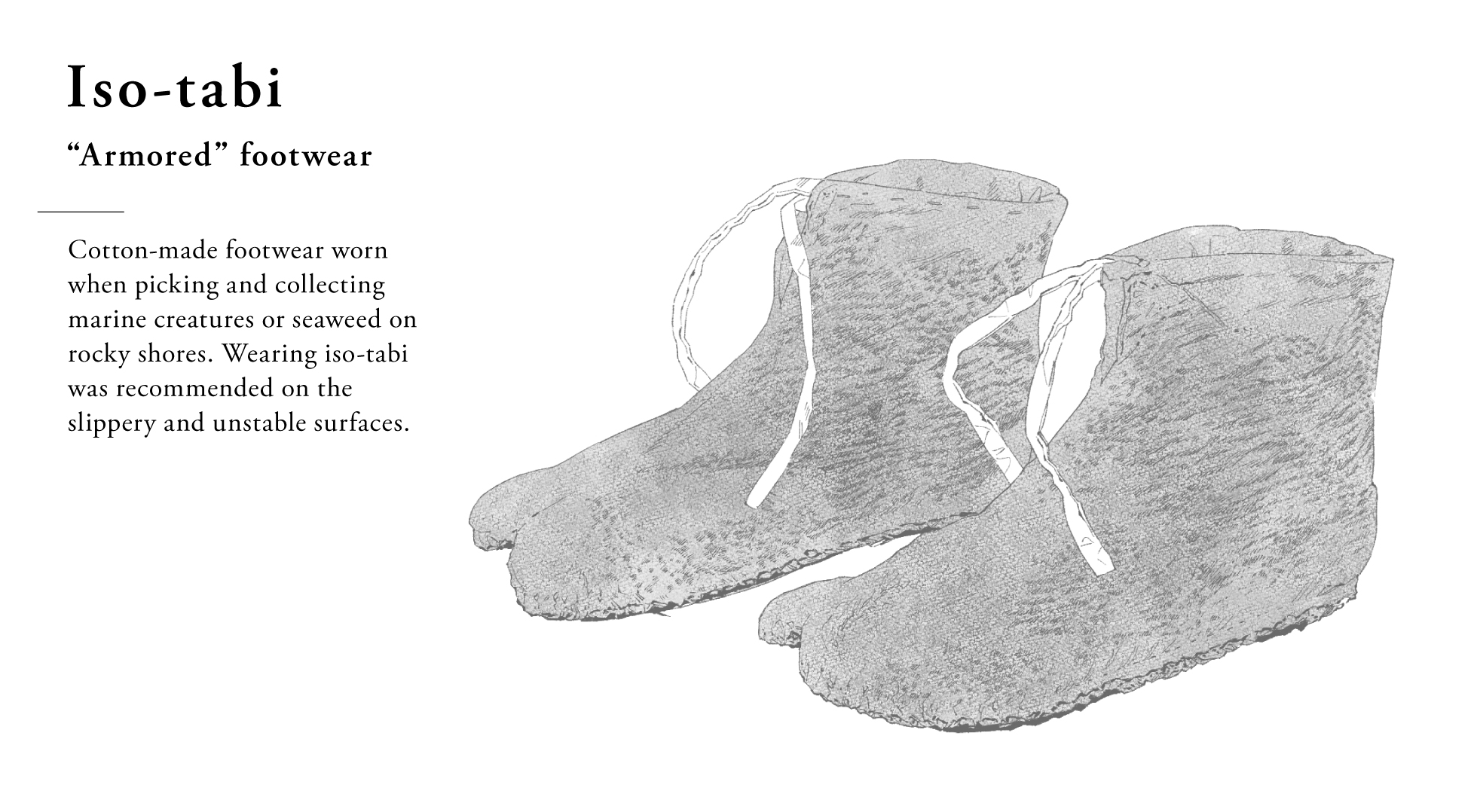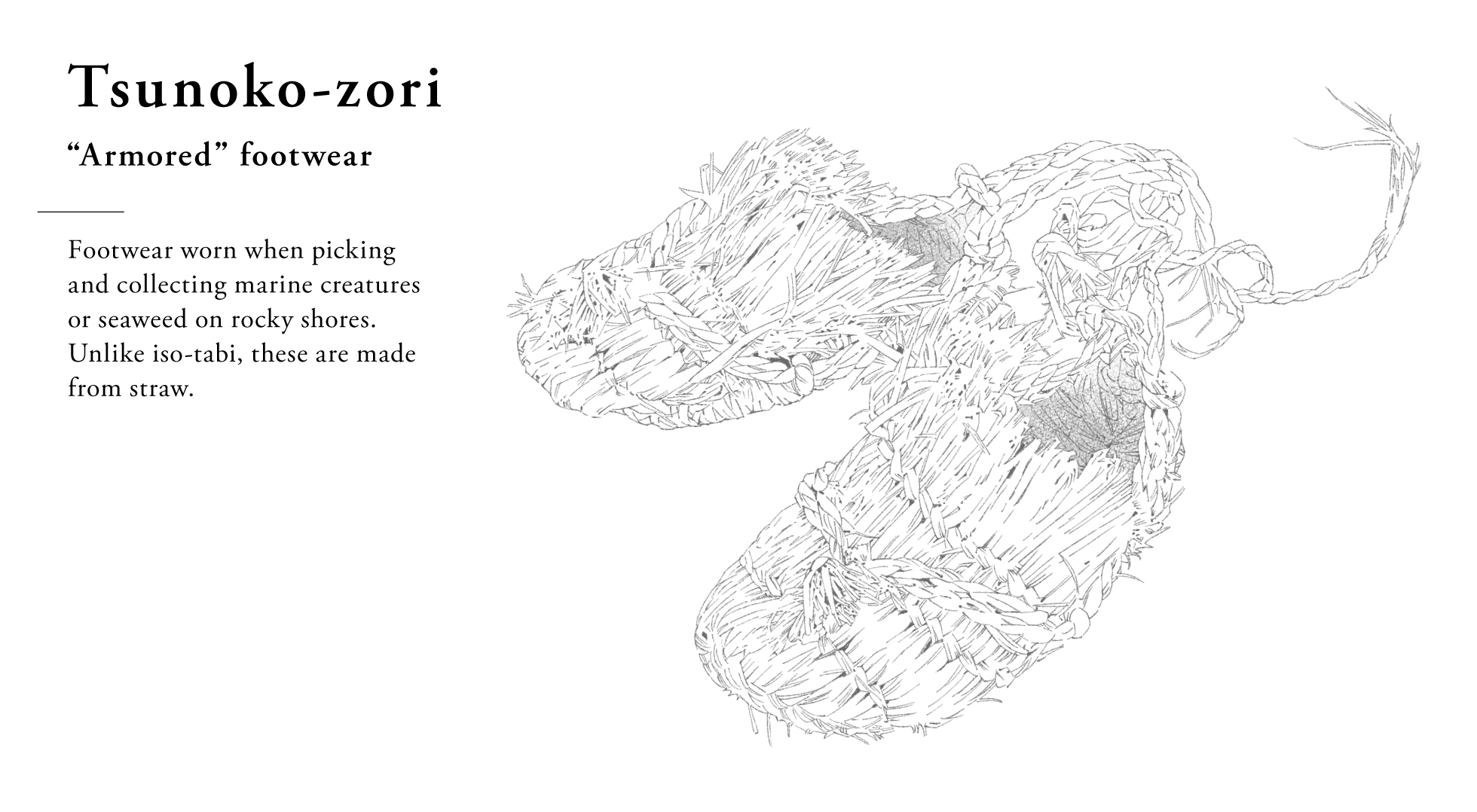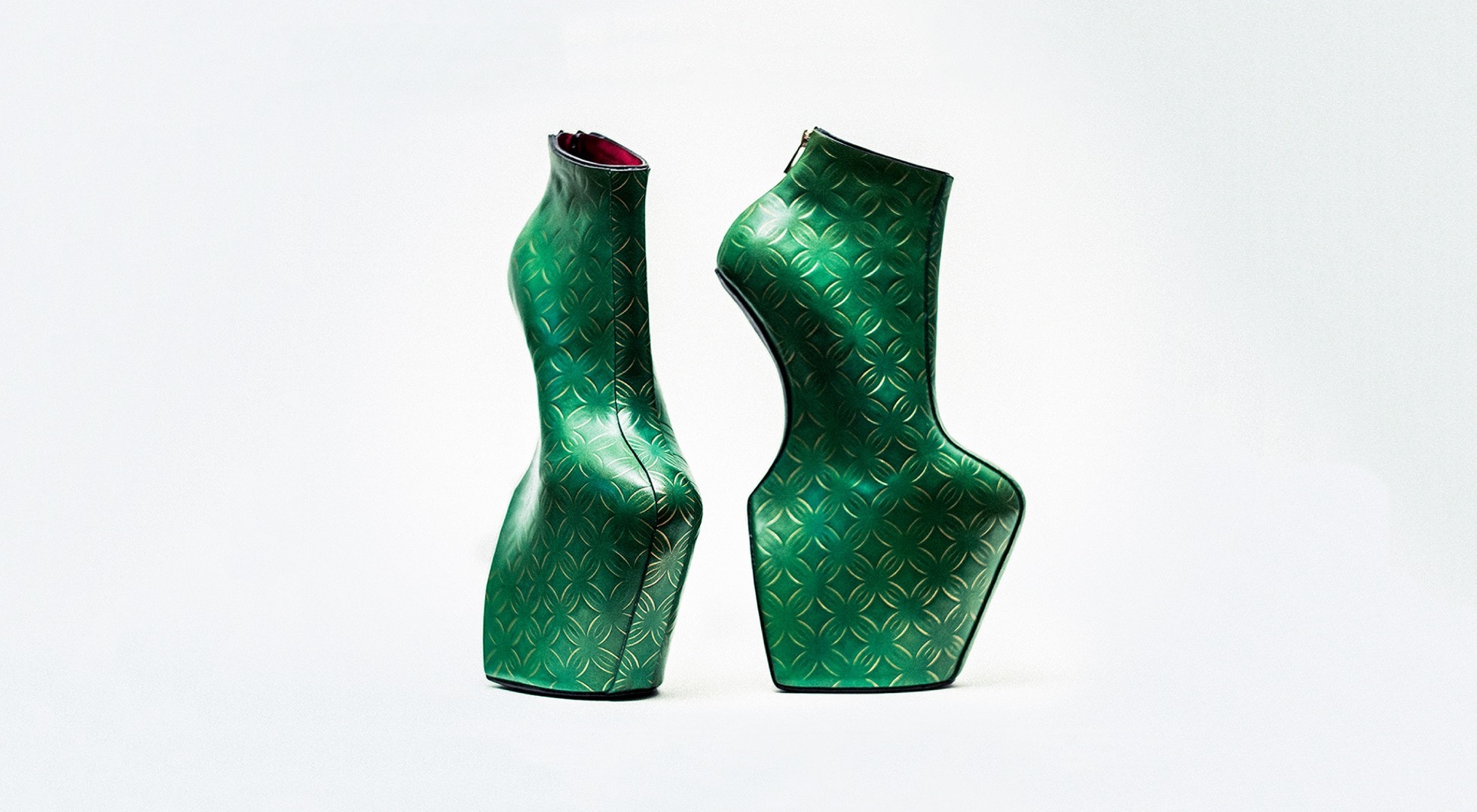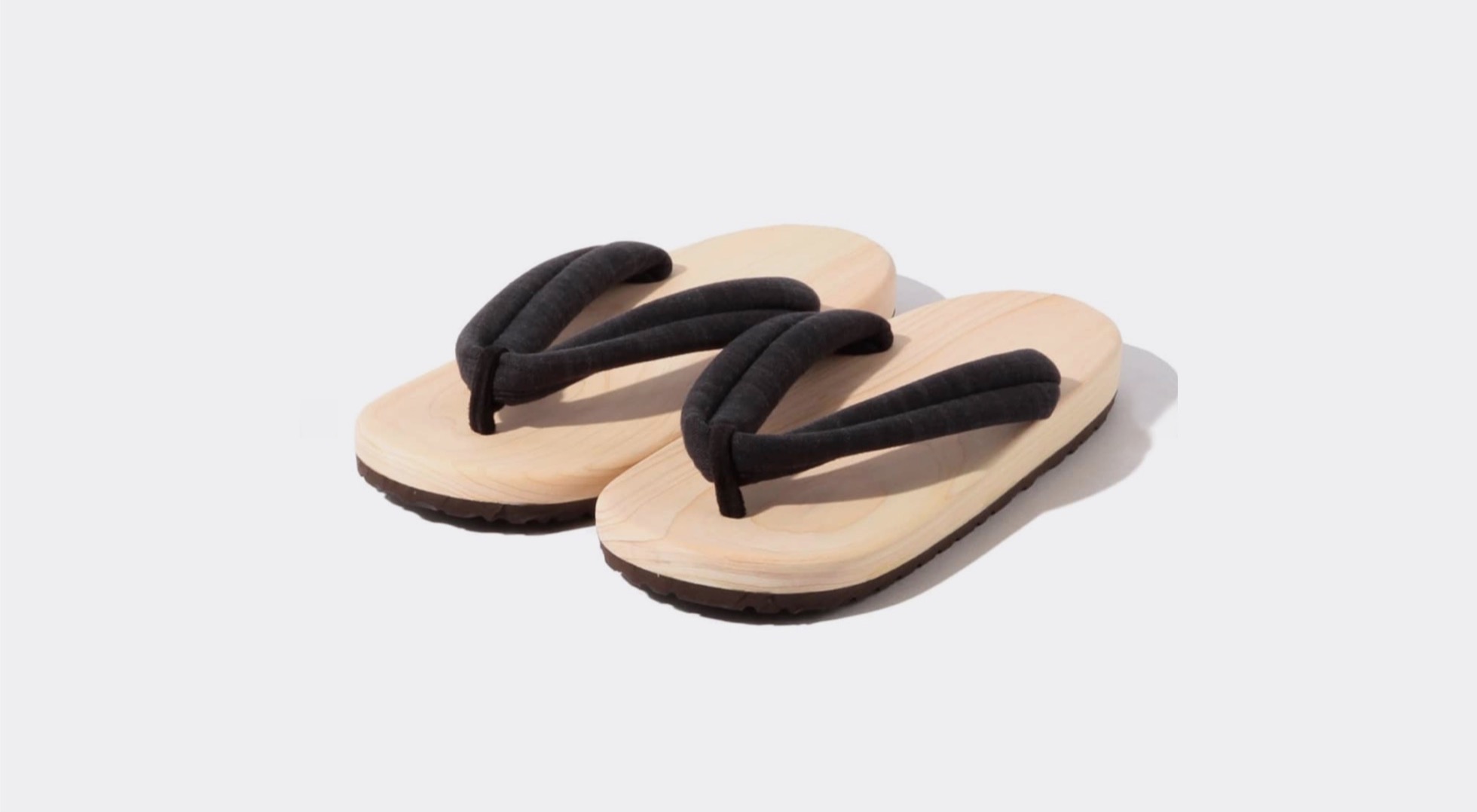Kutsunugi (removal of shoes)
As Japanese houses are built with a raised floor to facilitate ventilation underneath, this naturally causes a level difference from the doma (dirt floored entrance). This gap has come to be regarded as the boundary to separate the inside from the outside and is likely to have given rise to the custom of kutsunugi, which is removing one’s footwear when stepping up into the house, so as to not bring dirt inside. A horizontal wooden bar, placed on the level between the doma and the floor, is called agarikamachi. This, along with kutsunugi-ishi (a large rock for placing one’s shoes on) and shikidai (the step that is inserted when the agarikamachi is too high), serves as a welcoming space for the guests.


